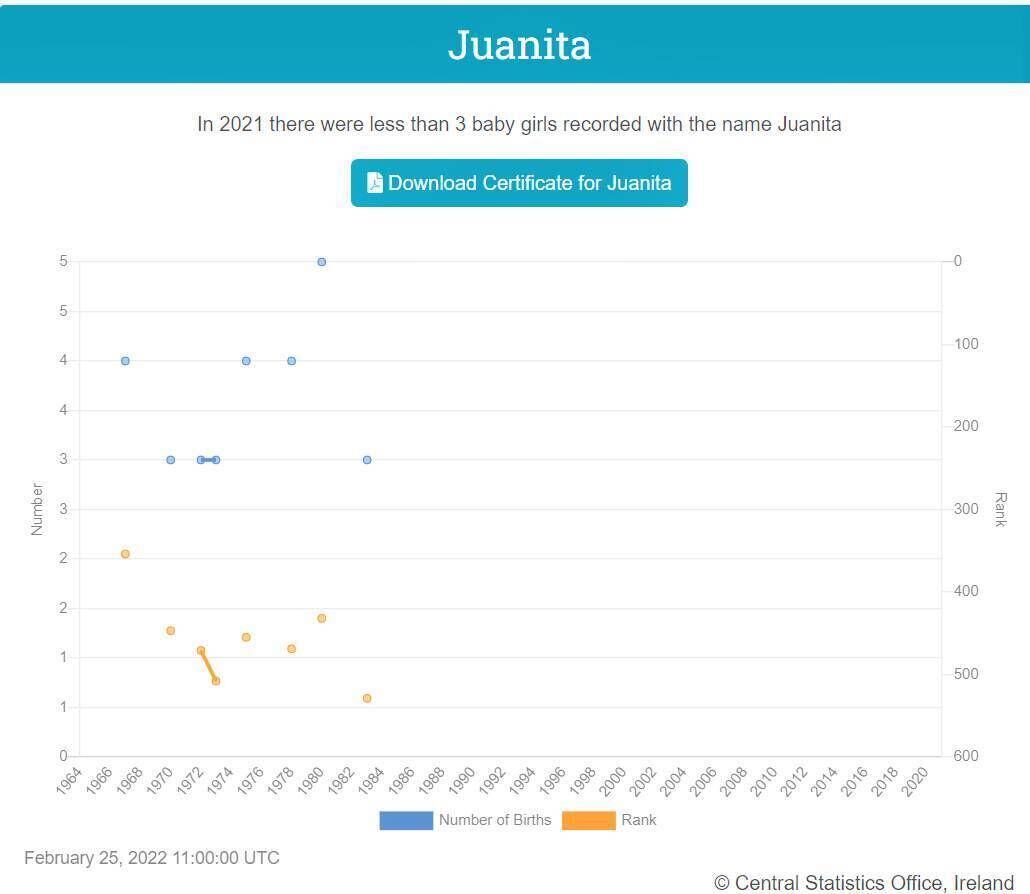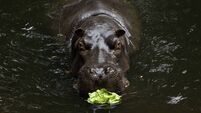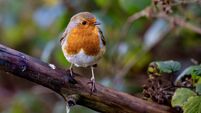Juanita Browne: Unique names can be tricky but have a real purpose — take it from me, I know!

A Grey Heron () in flight at Ballycotton, County Cork. Picture: Denis Minihane
Did you know the scientific name for the humble dandelion is ‘ ’?
Or a daisy is Bellis perrenis? It can seem pretentious to call a wood mouse ‘ ’ — that someone using a scientific name instead of a common name for an animal or plant is simply trying to display their intelligence or ability to pronounce such cumbersome Latin or Greek words! Why do we ever use such awkward scientific names in the first place?
In theory, every recognised species on the planet is given a two-part scientific name, under a system called binomial nomenclature. These names are important because they allow someone in any part of the work to communicate clearly about one particular species, without any confusion over common names which often vary from place to place and between different languages of course.
The binomial classification system was created in the 1700s by a Swedish botanist and physician, Carolus Linnaeus, who recognised the need for an unambiguous system for naming organisms and has rules that mean that every scientific name is unique.
The two words represent the genus name and species name — so in , the scientific name for humans, ‘ ’ is the genus, and ‘ ’ the species. They often come from Latin or ancient Greek, and must always have a capital for the genus, and the two words must always be italicised.
Taxonomists have used local names, the names of the scientist who discovered the species, or even inside-jokes to come up with new names for each species.
The last born of five children, all with very regular names, my mother decided, in her infinite wisdom, to call me ‘Juanita’ after an American friend of hers. This very old Spanish/Mexican name had no place on the birth certificate of an Irish girl with a strong Kildare accent, and zero Spanish genes or language, growing up in 1980s Ireland.
My name has caused a lot of confusion and embarrassment over the years, as teachers stumbled over its pronunciation, or receptionists corrected it to Jacinta, Wahinta or Yewanda. I am often told by strangers for whom I have to spell my name that I should say ‘Joo-an-ita’ as opposed to ‘Wha-nita’ to avoid confusion.
Just yesterday, a telemarketer asked me “How long have you lived in Ireland?”. I never liked my name and hated standing out for it. Now, in my 40s, I don’t know why I didn’t change my name when I was younger — I guess I just assumed there was nothing I could do about it and I had to put up with it!

BUT one advantage of having an unusual name, is that I’m rarely confused with anyone else. There was never more than one Juanita in my class. There might have been two Marys, or three Catherines in my year, but no other kids with a ridiculous name like mine. In all this time, I have only ever met one other Irish ‘Juanita’.
So a bit like scientific names for species, I understand that having a singular unique name does help to avoid confusion over identity, even if it causes difficulties in pronunciation! And this is also the reason we use scientific names for species.
While common names may vary from country to country, or between regions, the scientific name is always the same, so this eliminates any confusion about the species being discussed.
For example, the ‘Grey Heron’ is often traditionally called a ‘crane’ in certain parts of Ireland, but a crane is actually a different bird entirely (interestingly the once extinct Common Crane bred here last summer for the first time in 300 years!). The Grey Heron on the other hand is a common bird in Ireland. It has a number of Irish names, including Corr réisc, which means ‘heron of the marsh’; or ‘corr éisc’, fish crane; or in County Tyrone, corr mhóna — the crane of the bog; and perhaps my favourite ‘Síle na bportach’, ‘Síle of the bog’. So you can see how all these names could cause confusion… and these are just the Irish ones!
In Spanish, Grey Heron is called ‘Garza gris’; in Swedish ‘Gra hager’; Welsh ‘Creyr glas’' or Scots ‘Corra ghritheach’…
Using the scientific name for the Grey Heron — — allows people all over the world to be clear about the exact species.
So I guess perhaps there was one small positive to my mother’s name choice for me. I don’t get confused with other people. Although I do still sometimes tell people that our milkman was Spanish… just to spice up the story!
- Juanita Browne has written a number of wildlife books, including and .









